PHOTOGRAPHY: REAL AND IMAGINED
The origin story of the first piece of writing I've done for a national museum publication- a chapter on surrealist photography.
A brief video synopsis of this article.
PHOTOGRAPHY: REAL AND IMAGINED
In late November 2022, I was honored to receive an interesting offer from the National Gallery of Victoria in Melbourne, Australia. They asked if I would contribute a chapter to an exhibition catalog for an upcoming comprehensive survey, Photography, Real and Imagined. The exhibition would offer a curated selection from their permanent collection of photographs. The show and catalog are based on an interesting premise: that photographs are either grounded in reality – a record, a document, a reflection of the world – or the product of imagination, storytelling and illusion. And on occasion, they can be both.
I was specifically asked if I would write about fourteen artists whose work is included in their permanent collection of surrealistic photographs. This was surprising request for two reasons: While I had demonstrated a command of writing about painting and drawing—my first book, The Figurative Artist’s Handbook sold well in Australia— I had not published anything specific to Surrealism at that point. How could they have guessed I was working on a major 336 page book on the subject? New Surrealism: The Uncanny in Contemporary Painting was still in the editing phase. I had not yet posted anything about it online even. Two, although I had written about the photography of Man Ray, Lee Miller, Claude Cahun and Marcell Moore for that work, I had not not yet published anything specifically related to photography. My only efforts at writing about surrealist photography were sitting in a Word Doc, as yet unedited, in a hard drive at Monacelli/Phaidon’s offices.
In essence, the NGV was taking a gamble in offering me a chance to contribute a chapter in a major exhibition catalog in regards to a medium that I had not publicly demonstrated prior expertise. I appreciated the vote of confidence and I took them up on their offer.
Max Dupain, Impassioned clay 1936, gelatin silver photograph, 50.4 x 36.7 cm
Though some of the artists were internationally famous and I was already familiar with their work, it still took quite a bit of research to get started. This was mainly due to the number of Australian photographers included who are quite well known in Australia, but who were unfamiliar to me in the United States. The Australian photographers in the NGV selection spanned different generations, ages and gender—hardly a homogenous group. These included photographers as diverse Ali McCann, a contemporary photographer who lives and works in Naarm / Melbourne and Max Dupain, an important figure in twentieth century photography.
Ali McCann, The Secret Life IV (after Magritte) 2020,
“Photographs no longer reflect the world; rather the world reflects them. They deliver a version of reality that at surface level is consumed as ‘truth’. As such, photographs demand an act of faith.”
KIRON ROBINSON, curator
As I did not want to write about the work without understanding the context it was created in, I dove into research on both the history of the work of these artists and how it related to Australia. Additionally, there were other non-Australian photographers in the NGV collection with whose work I was unfamiliar and needed to understand the overall arc of their body of their work to best comment on the specific section of their career that the NGV’s holding represented.
The type of research required in order to write fluently and with authority about work in a medium that one has not previously written about takes focus, dedication and open mindedness. It is one of the aspects of my job that I love. Never one to be set in my ways, I am always up to learn new tricks, new information.
I was excited to learn of the Hungarian American photographer, André Kertész, who worked in Paris, France from 1925-1936. The setting of one of his most iconic photographs, Satiric Dancer, was in the studio of one of his friends, the sculptor István Beöthy, a fellow Hungarian émigré. Kertész invited Magda Förstner, a Hungarian cabaret dancer and aspiring actress, to Beöthy’s studio to try and capture an image of the “new spirit” of the avant-garde circle they moved in together.
André Kertész, Satiric Dancer, Paris 1926, gelatin silver photograph
”I said to her, ‘Do something with the spirit of the studio corner,’ and she started to move on the sofa. She just made a movement. I took only two photographs…People in motion are wonderful to photograph. No need to shoot a hundred rolls like people do today. It means catching the right moment. The moment when something changes into something else.”
André Kertész
Below is the other photograph Kertész mentions, a variant on the pose. The warmer sepia tone is an indication of the yellowing of the paper over time. The other print was obviously created more recently, and is cooler. This one is in the permanent collection of the Art Institute of Chicago.
André Kertész, Satiric Dancer, Paris (variant), Gelatin silver print, 9 × 7.8 cm (3 1/2 × 3 1/16 in.)
Another artist of Australian birth, Polly Borland, who now resides in Los Angeles, makes fascinating multimedia works: photography and sculpture. Borland has made biomorphic distortions of female form the focus of much of her recent photographic work. The images in the Morph series that the NGV owns— a collaboration between Borland the model Sibyl Phipps— are studies in fragmented female form and beauty. The series makes commentary on both personal and societal expectations of the female body.
Polly Borland, Untitled (2018) from MORPH series 2018, inkjet print on rice paper on lenticular cardboard
Some sample spreads from the book.
Interested in learning more?
For more information on the NGV Melbourne exhibit, Photography, Real and Imagined click on this link:
https://www.ngv.vic.gov.au/exhibition/photography-real-imagined/
The catalog itself can be purchased directly from the NGV at this link:
https://store.ngv.vic.gov.au/products/photography-real-and-imagined

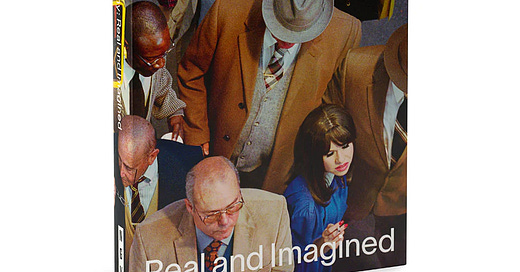



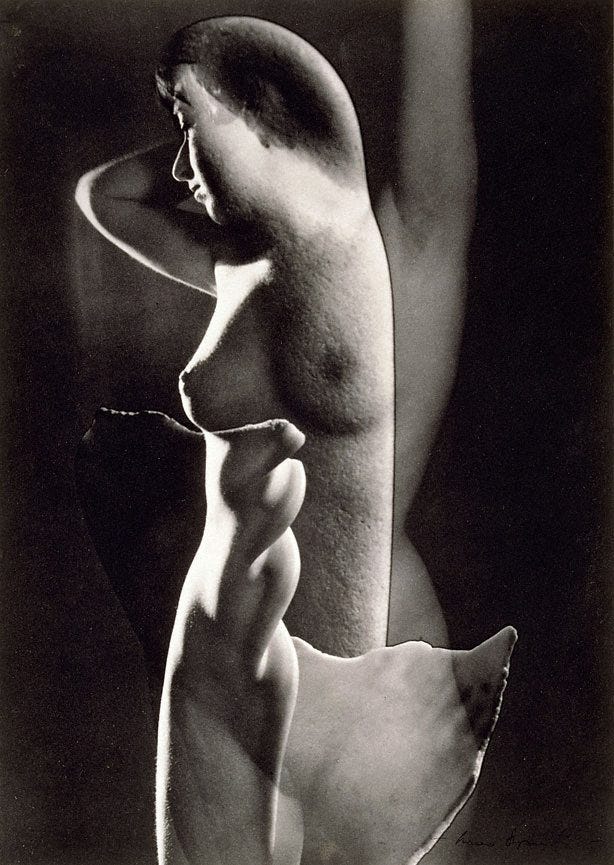
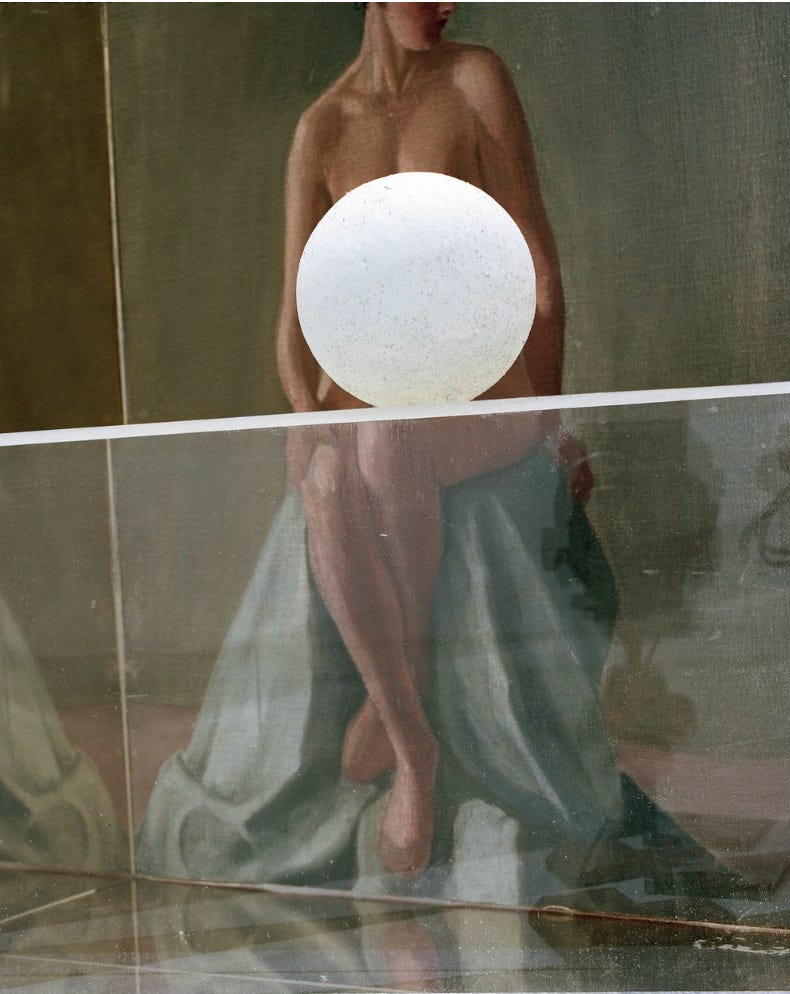
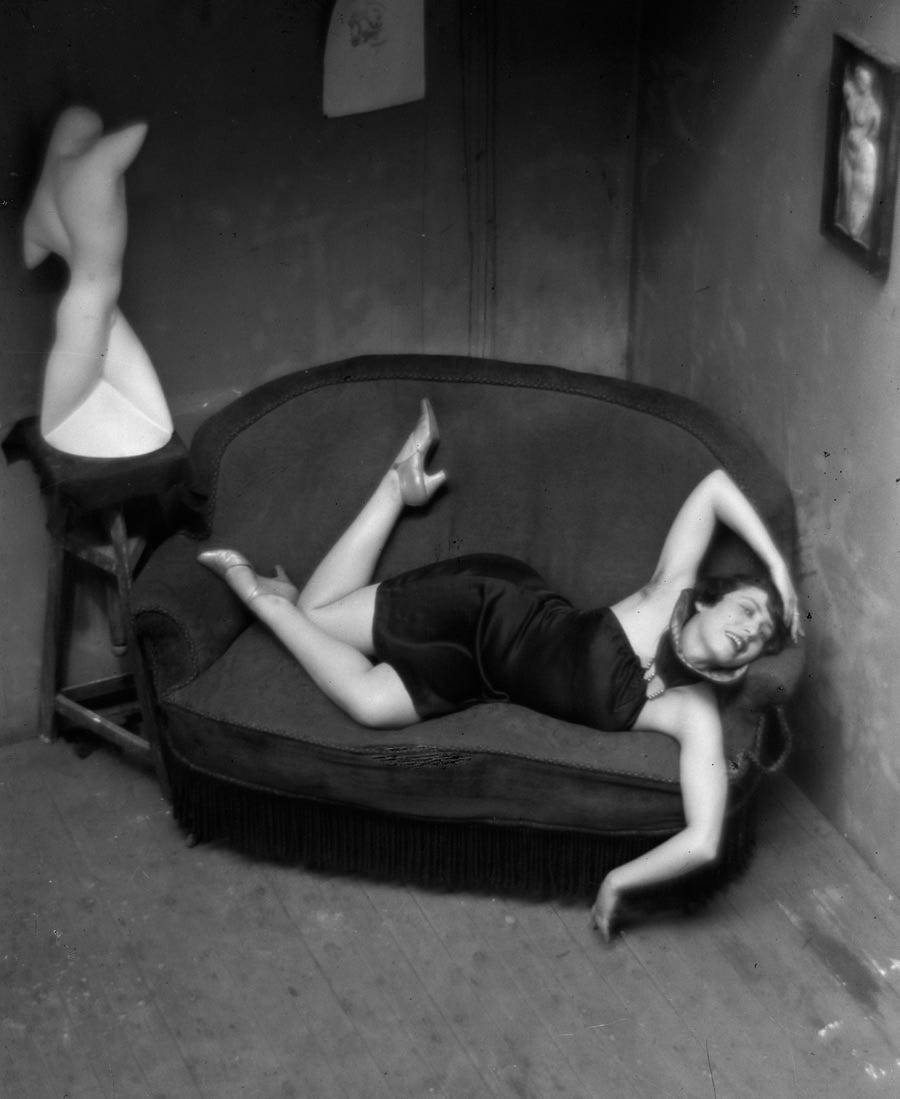
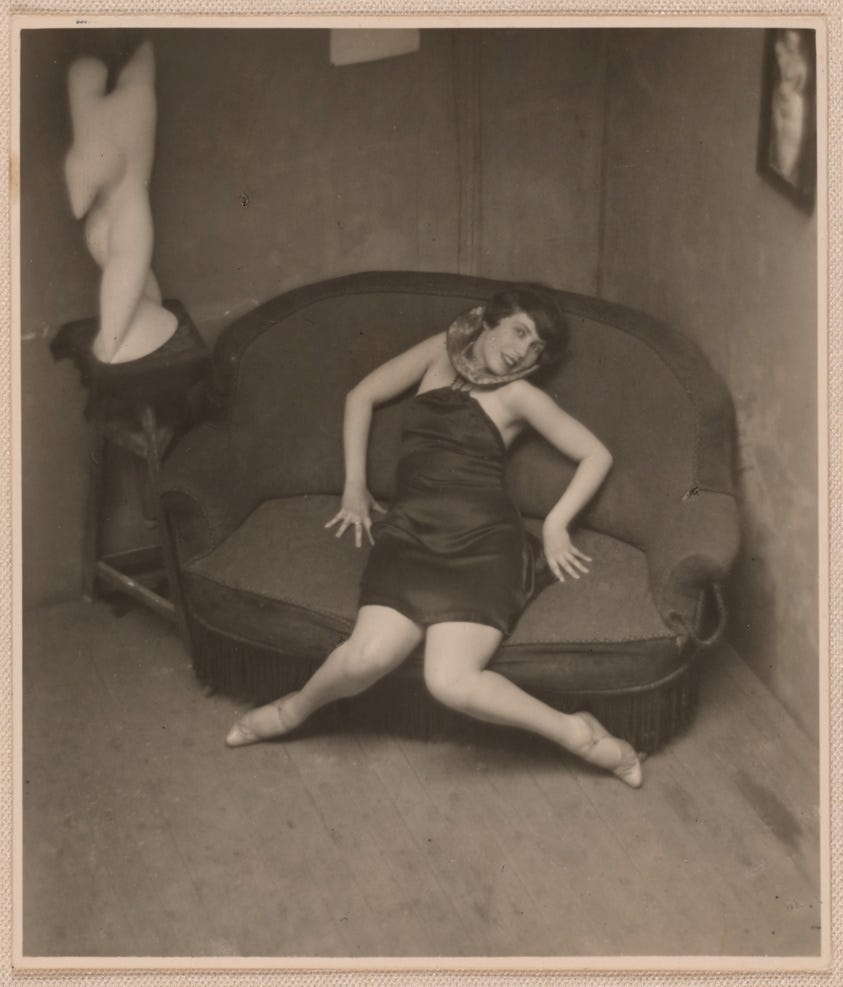

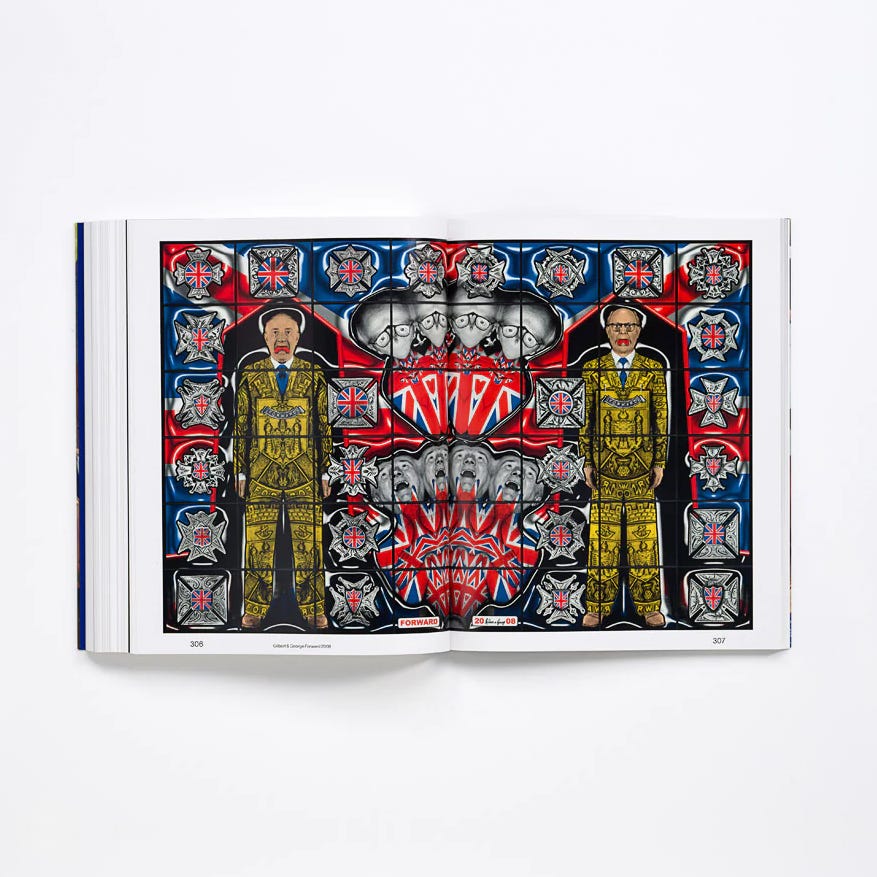
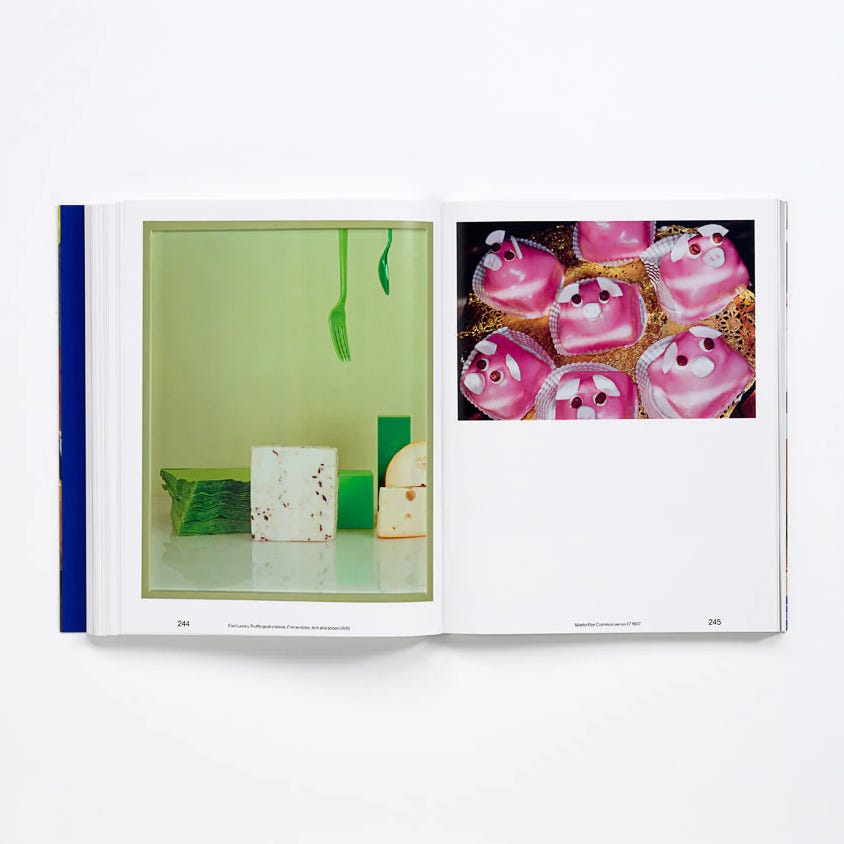
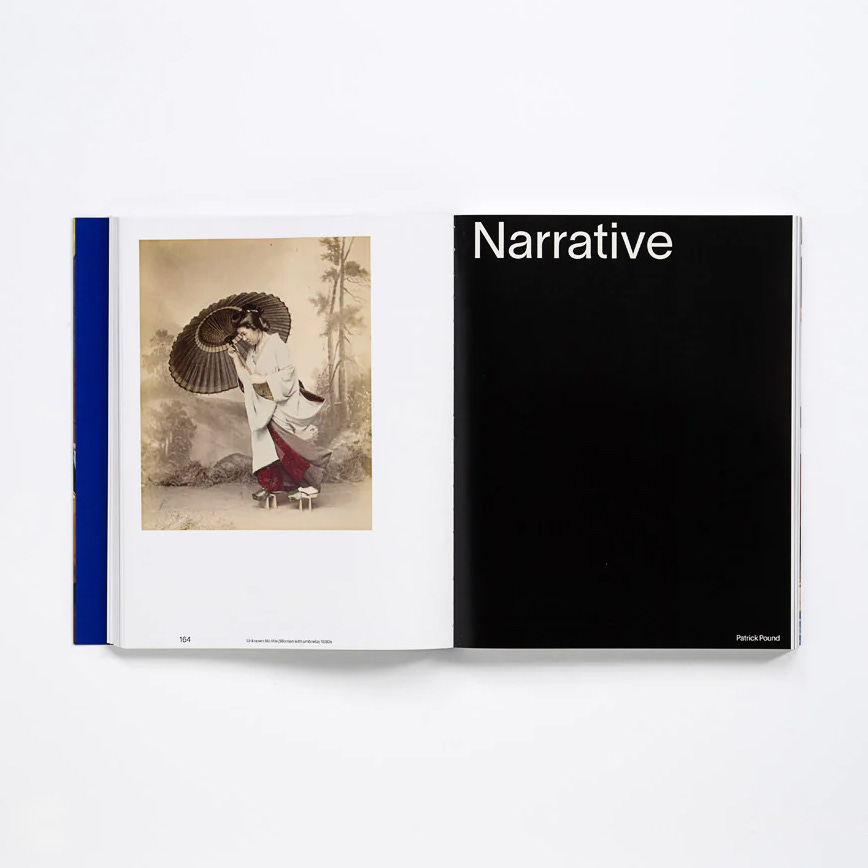
This book will make a great holiday gift! Thank you, Robert Zeller